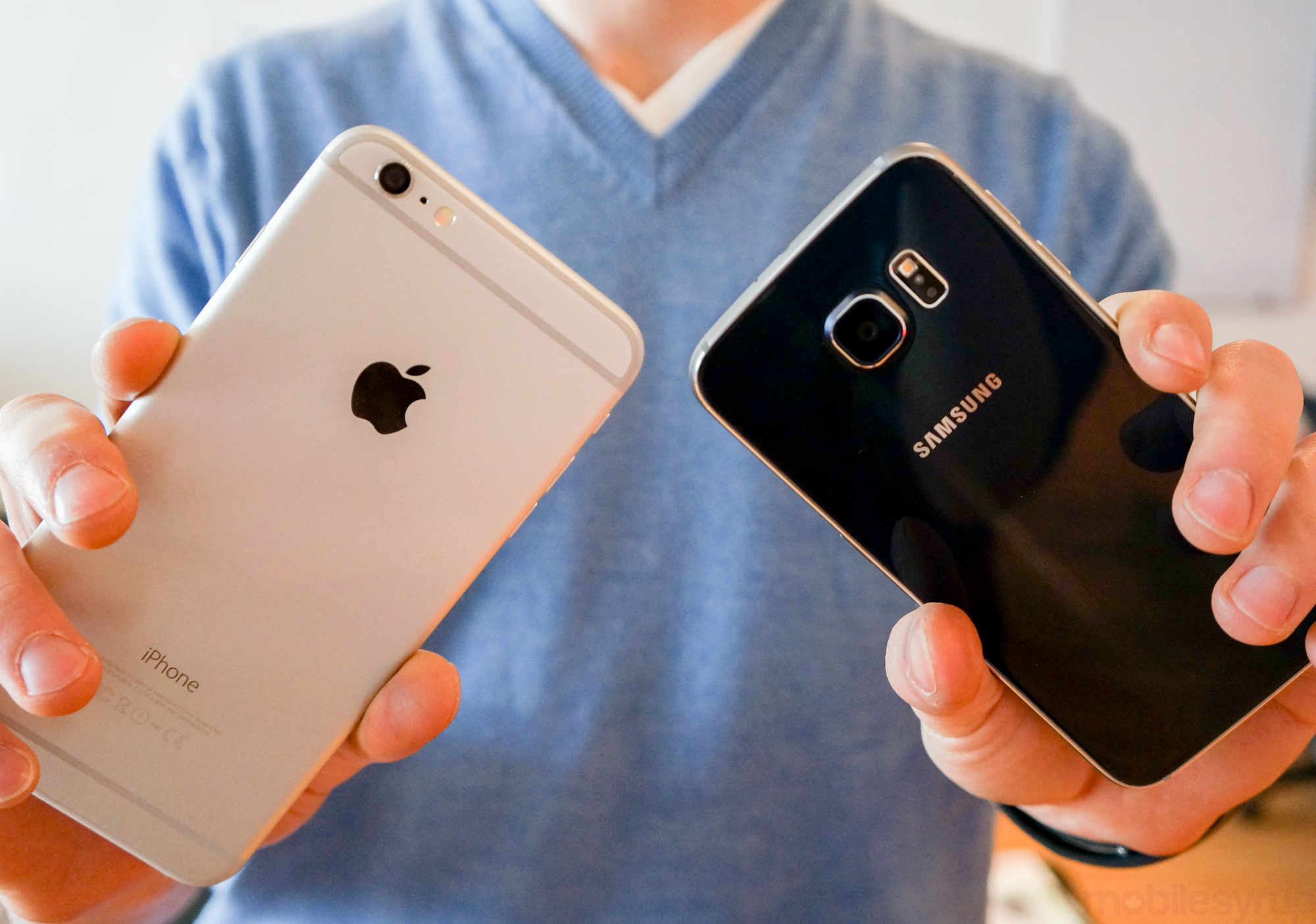
At the end of 2013, when the mobile industry first approached the coveted metric of one billion units sold, it wasn’t clear whether Samsung’s vaulted growth, and accompanying profits, were going to last. At the time, Apple and Samsung were all but splitting the profit pot, while others BlackBerry, Microsoft, LG, HTC and Sony struggled to make up the difference.
Today, the players are the same but the pie is divided quite differently. According to a report issued by Canaccord Genuity and reported by the Wall Street Journal, Apple makes 92% of the profit in the smartphone industry, followed by Samsung with 15%. That number, comprising 107% in total and a disproportionate breakdown between two companies, tells an even bleaker story: most companies lose money on their smartphone businesses.
While Apple controlled roughly 20% of the worldwide smartphone market share at the end of 2014, slightly higher than Samsung’s 19%, Android still dominates the total market with roughly 80% of the total. That Google’s operating system is present on hundreds of millions more devices than iOS, but the manufacturers that build them represent such a minute share of the take-home profit is one of the more baffling realities of the mobile industry.
Much of the recent industry talk has been about Samsung’s profit slowdown after disappointing Galaxy S6 numbers. The truth is that in an industry that’s growing in overall unit sales, Samsung has seemingly plateaued, and though it is still making good profit, Apple’s success with the iPhone 6 and 6 Plus has ensured it represents a much smaller slice of the total. While Samsung hasn’t released GS6 sales numbers, it is understood that it underestimated demand for the more expensive S6 edge at a crucial time.
The outlook is considerably bleaker for other Android OEMs. HTC is back in the red after four quarters of tiny profit, after sales of its too-similar One M9 failed to revitalize the company’s balance sheet. BlackBerry lost money in its most recent quarter, selling its fewest handsets since 2007. Nokia’s device division has been plundered and the bones picked through after Microsoft announced layoffs of 7,800 from what used to comprise Nokia’s smartphone business. Similar stories of woe have been heard from Sony, Motorola and others. Only LG continues to carve out a small profit niche among the giants. And both Samsung and LG contribute to the mobile industry in ways far beyond their handset businesses.
One thing remains true throughout: a steadfast commitment to regaining (or gaining at all) profitability. Sony recently redoubled its efforts to spool mobile through the DNA of its entire company. BlackBerry’s CEO says he won’t rest until he makes money from the handset business. HTC is diversifying its smartphone portfolio, focusing on the mid-range market that has proven profitable in Asia. Up-and-comers like Xioami and Alcatel OneTouch, along with Chinese incumbents like ZTE, Huawei and Lenovo expanding beyond its borders, will continue making it difficult for these companies to charge the prices Apple commands in the high-end.
The truth is that as long as Apple is able to command an average upwards of $700 for its iPhone, while Android OEMs battle it out at ASPs a quarter of that, the Cupertino-based company will dominate the industry. That it only represents 20% of the market share means that there is still plenty of room for growth, too, through much of it is contingent on making inroads into the developing world. If its success in China is indicative of what is possible, though, it’s unlikely Apple will fall from grace, or profit, any time soon.
[source]WSJ[/source]
MobileSyrup may earn a commission from purchases made via our links, which helps fund the journalism we provide free on our website. These links do not influence our editorial content. Support us here.


